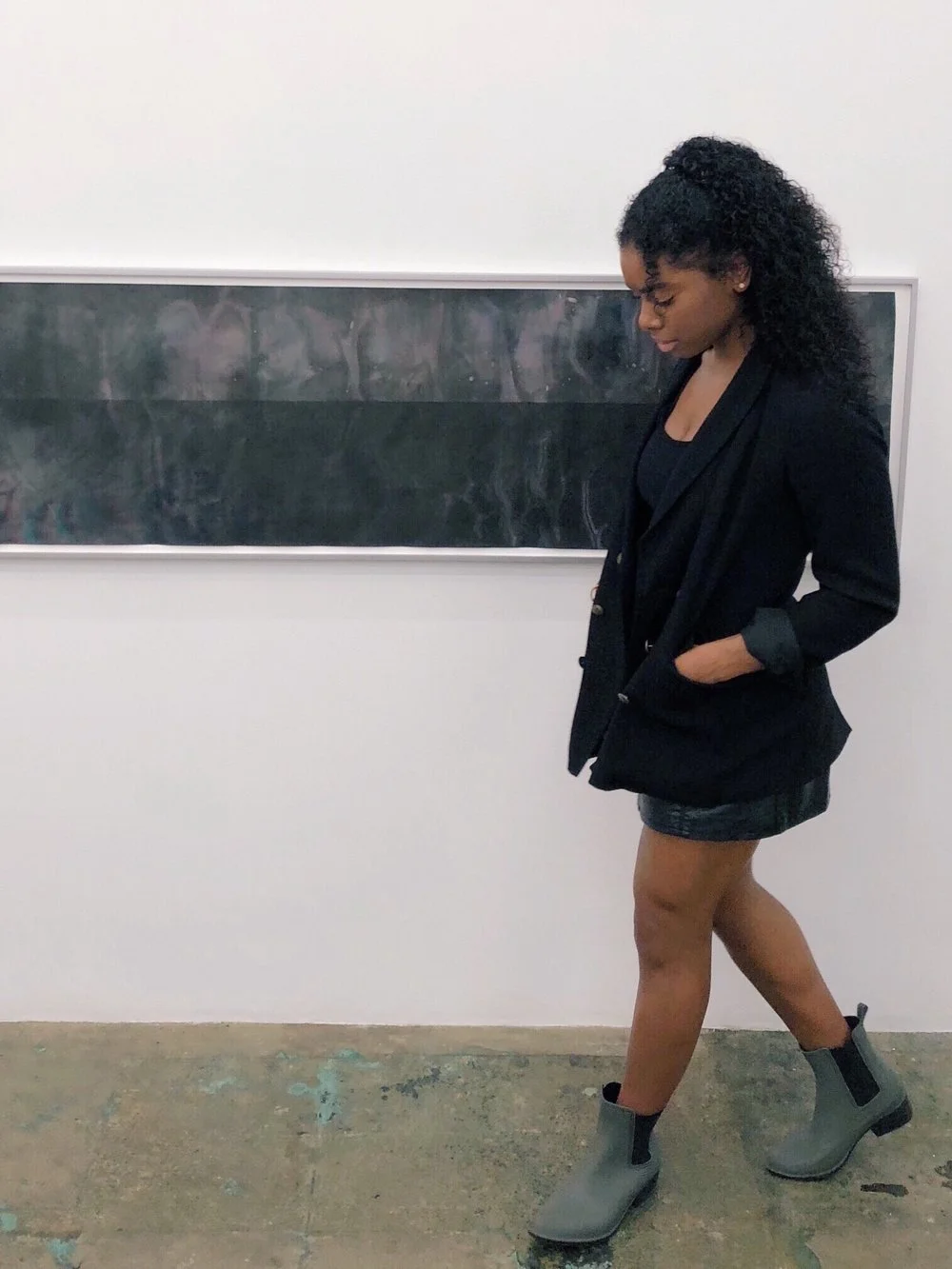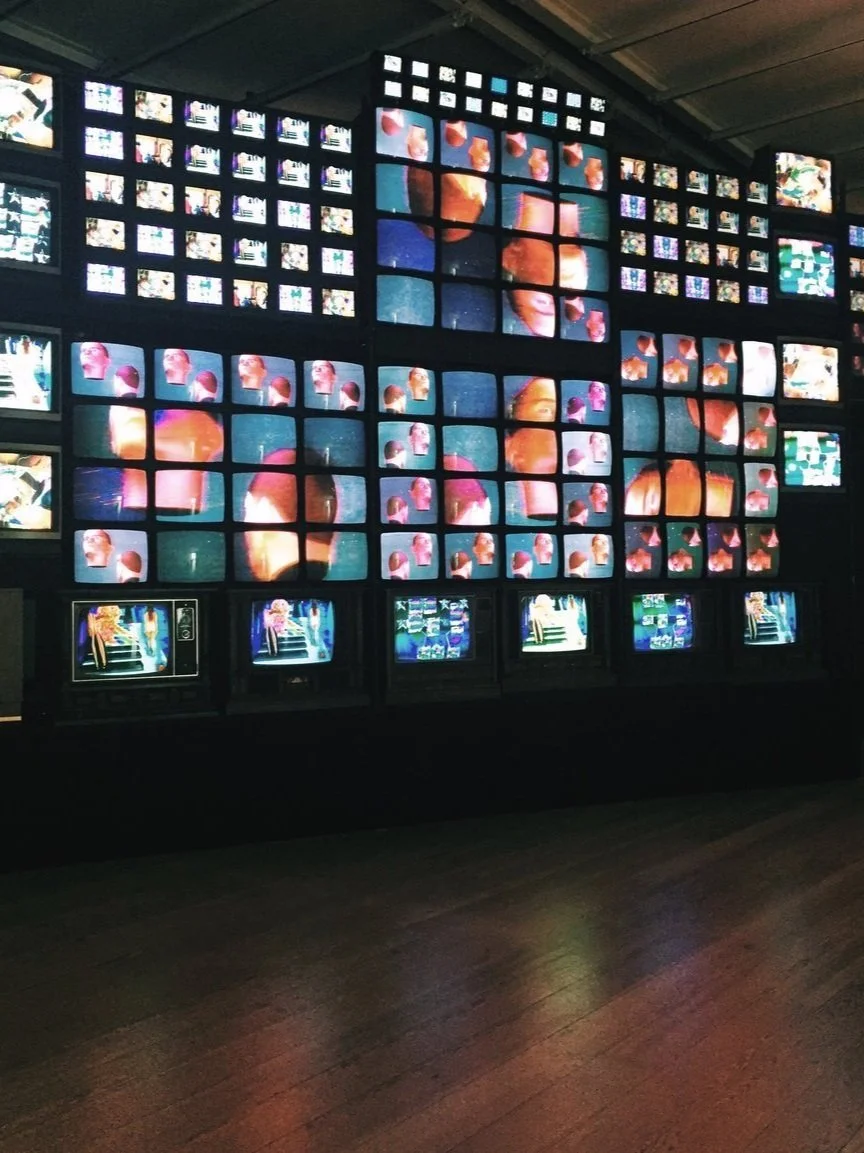Exhibition Review: Art and Conspiracy at the Met Breuer
Whenever I’m in New York City, the Met Breuer is one of my favorite museums to visit. It is the Metropolitan Museum of Art's separate building for modern and contemporary works/exhibitions. In the building originally owned by the Whitney Museum of American Art, the Met Breuer opened in 2016 and has since been presenting ever-changing exhibitions (all from the Met's collection). The museum’s programming is diverse, engaging, and unique, which is why it has become one of my favorites. On this trip I specifically viewed Everything Is Connected: Art and Conspiracy an exhibition focused on artists’ interactions with topics ranging from suspicion of government, the surveillance state, and conspiracy theories.
Many of the issues and conspiracies explored throughout the exhibition will be familiar to visitors. JFK’s assassination, 9/11 as an inside job, and the Reagan administration’s handling of the AIDS crisis, for example, have all been mainstream points of cultural contention. However, we now see these subjects through the creative vision of artists, who used their mediums to expose ideas and people, as well as visually display fallacies and inconsistencies.
All of the conspiracy theories covered in the exhibition were concerned with socio-political implications. There was nothing about parallel dimensions, flat earth, or imaginary creatures here. These were theories regarding society, authority, and government. Some of these theories have even gone on to be proven correct (COINTELPRO and their infiltration of the Black Panther Party, for example). While many conspiracies are often too absurd to be taken seriously, the ones explored in this exhibition were ones with realistic implications that aimed to make viewers ask, “what really happened?”
In my opinion, the most compelling pieces were the ones that unabashedly emphasized aesthetic. Conspiracy theorists are often imagined as having basements with hoarded newspapers, whiteboards full of scribbles, and threaded pins attaching idea to idea, in a visually monochromatic and redundant way. So, to see bright neon colors, interactive installations, and unapologetic humor was a completely new way to view these concepts. There were also artists who subverted and exploited typical conspiracy theorist aesthetic in a clever and subversive manner. Jenny Holzer’s prolific installation is a perfect example of all of the above. Her work is visually compelling, initially pleasing to the eye, but once the messages displayed across the LED screens are fully understood, the piece evokes less Times Square and more emergency alert. The piece is as entertaining as a public advertisement yet as unnerving as a bomb threat. The fine line between beauty and horror in this piece sums up what a lot of the work in the exhibition was aiming to do: get you to take a second look.
This exhibition will be on view until January 6, 2019.
Cady Noland, Untitled (Vince Foster)
Jenny Holzer, Red Yellow Looming
Raymond Pettibon, No Title (Coup d’etats were…)









